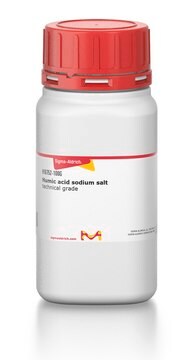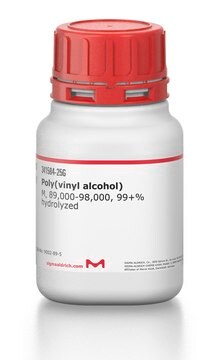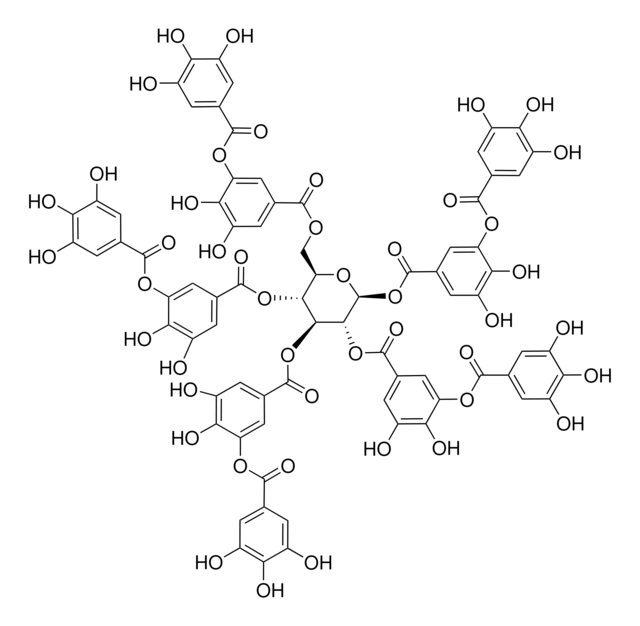Wichtige Dokumente
939757
Sulfonated bisphenol-A-polysulfone

proton conducting polymer, (degree of sulfonation 90%)
Synonym(e):
Polyaromatic sulfonic acid, SPSF, Sulfonated PSF, Sulfonated aromatic polymer, Sulfonated poly(arylene ether sulfone) ionomer
About This Item
Empfohlene Produkte
Beschreibung
degree of sulfonation 70-110%
Qualitätsniveau
Form
powder
Mol-Gew.
20-80 kDa
Farbe
white to beige
mp (Schmelzpunkt)
>300 °C
Funktionelle Gruppe
sulfonic acid
Polymerarchitektur
shape: linear
SMILES String
O=S(C1=CC=C(OC(C=C2)=CC=C2C(C)(C)C3=CC=C(OC(C(S(=O)(O[Na])=O)=C4)=CC=C4S(C5=CC=C(O[*])C(S(=O)(O[Na])=O)=C5)(=O)=O)C=C3)C=C1)(C6=CC=C(OC7=CC=C(C(C)(C)C8=CC=C([*])C=C8)C=C7)C=C6)=O
Allgemeine Beschreibung
Anwendung
In addition to fuel cells, sulfonated aromatic polymers are also utilized in other energy-related applications. They are employed in redox flow batteries, which store energy by using electrolytes that undergo reversible redox reactions. The chemical stability and proton conductivity of these polymers contribute to the overall performance and longevity of such energy storage systems.
Moreover, sulfonated aromatic polymers find application in water treatment membranes. These membranes are used in processes like reverse osmosis, nanofiltration, and ultrafiltration to separate and purify water by selectively allowing the passage of water molecules while blocking contaminants and impurities. The chemical resistance of sulfonated aromatic polymers makes them suitable for handling harsh environments and maintaining high water permeability.
Furthermore, sulfonated aromatic polymers are explored for their potential in gas separation membranes, where they can be used to selectively separate gases such as hydrogen, carbon dioxide, and oxygen for various industrial processes.
Overall, the unique combination of properties exhibited by sulfonated aromatic polymers, including thermal stability, chemical resistance, and proton conductivity, makes them highly versatile and valuable for applications in fuel cells, energy storage, water treatment, and gas separation. Continued research and development in this area hold the potential for further advancements and innovations in these fields.
Ähnliches Produkt
Lagerklassenschlüssel
11 - Combustible Solids
WGK
WGK 3
Flammpunkt (°F)
Not applicable
Flammpunkt (°C)
Not applicable
Hier finden Sie alle aktuellen Versionen:
Analysenzertifikate (COA)
It looks like we've run into a problem, but you can still download Certificates of Analysis from our Dokumente section.
Wenn Sie Hilfe benötigen, wenden Sie sich bitte an Kundensupport
Besitzen Sie dieses Produkt bereits?
In der Dokumentenbibliothek finden Sie die Dokumentation zu den Produkten, die Sie kürzlich erworben haben.
Unser Team von Wissenschaftlern verfügt über Erfahrung in allen Forschungsbereichen einschließlich Life Science, Materialwissenschaften, chemischer Synthese, Chromatographie, Analytik und vielen mehr..
Setzen Sie sich mit dem technischen Dienst in Verbindung.







